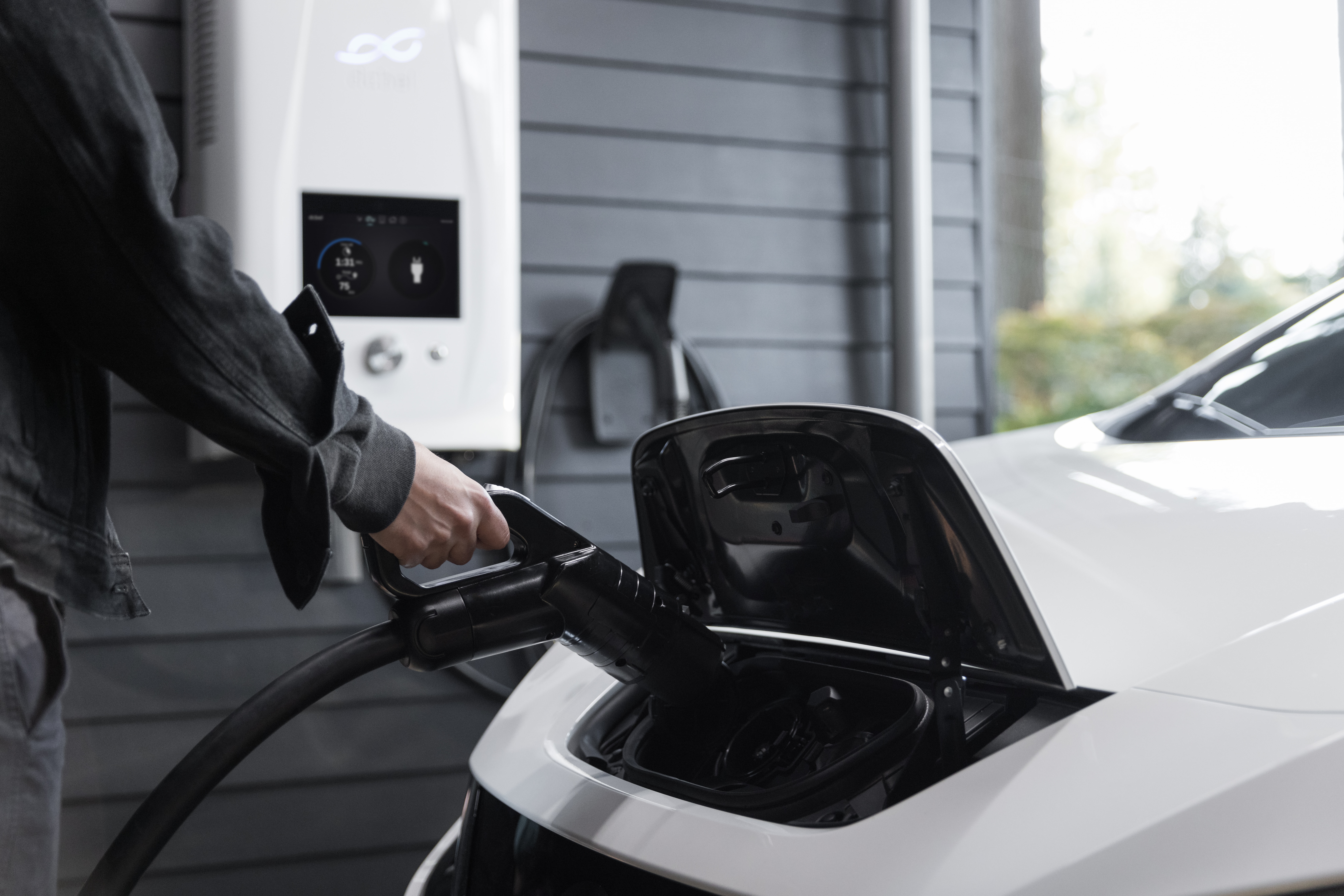
Starting in 2023, the rules for the credit available for electric vehicles have changed. If you are in the market for an electric vehicle, we should review the new rules to help you maximize the credit you are allowed. The credit is generally available to middle-income taxpayers purchasing eligible moderately priced electric vehicles.
North American assembly requirement. To qualify for the electric vehicle credit, final assembly of the vehicle must take place in North America. You can check whether a particular vehicle meets this requirement by entering its vehicle identification number (VIN) into the VIN decoder at https://afdc.energy.gov/laws/inflation-reduction-act or https://www.nhtsa.gov/vin-decoder. There is also a list of makes and models that generally should meet the requirement at https://afdc.energy.gov/laws/inflation-reduction-act, but you should double-check for any particular vehicle by using the VIN decoder. A list of eligible vehicles is also available at FuelEconomy.gov.
Calculation of the credit. Under the new rules, the amount of the credit is based on two separate requirements, each one based on where the vehicle’s battery is sourced:
A vehicle can satisfy either or both requirements, for either a $3,750 credit (if only one requirement is satisfied) or a $7,500 credit (if both requirements are satisfied).
The new rules are designed to encourage electric vehicle manufacturers to move their battery supply chains from China to North America or countries with which the United States has better relations than China.
New qualified fuel cell motor vehicle. The credit is also available for new qualified fuel cell motor vehicles. New qualified fuel cell motor vehicles are vehicles propelled by power derived from one or more cells that convert chemical energy directly into electricity by combining oxygen with hydrogen fuel, and that meet certain additional requirements. New qualified fuel cell motor vehicles have to meet the North American final assembly requirement. They can qualify for either a $3,750 or $7,500 credit, based on whether they satisfy one or both of the critical minerals requirement and battery components requirement.
Modified adjusted gross income limitation. Your ability to take the electric vehicle credit is limited based on your modified adjusted gross income (MAGI). MAGI is adjusted gross income (AGI) with adjustments for income received from U.S. territories. For most taxpayers, MAGI will be equal to AGI. You may not take the credit if your MAGI exceeds the threshold amount. The threshold amount is:
These amounts are not adjusted for inflation.
MSRP limitation. Vehicles are not eligible for the credit if they exceed an MSRP limit: $80,000 for vans, pickup trucks, and sport utility vehicles; $55,000 for other vehicles. Contact us today with any questions you might have about your electric vehicle purchase.
